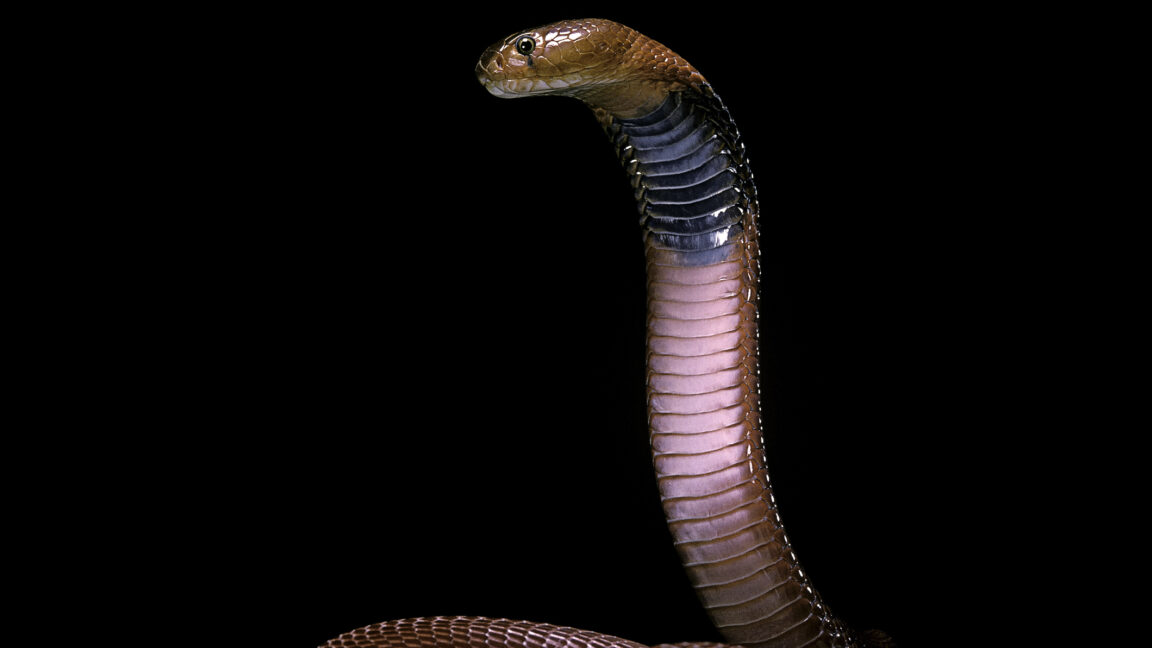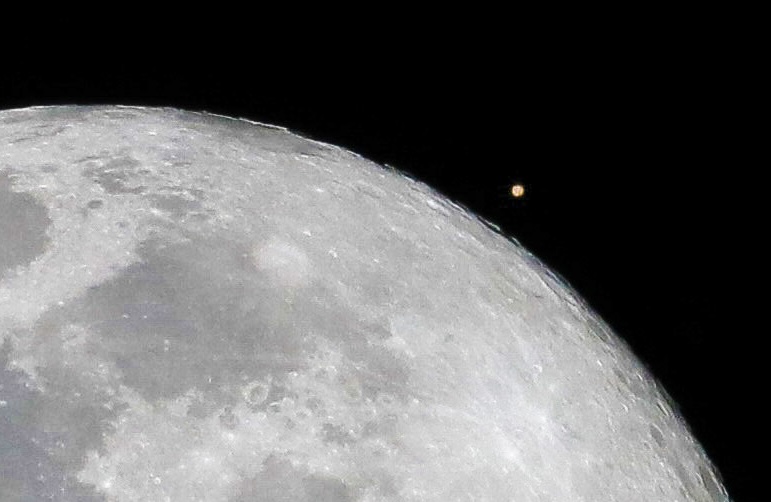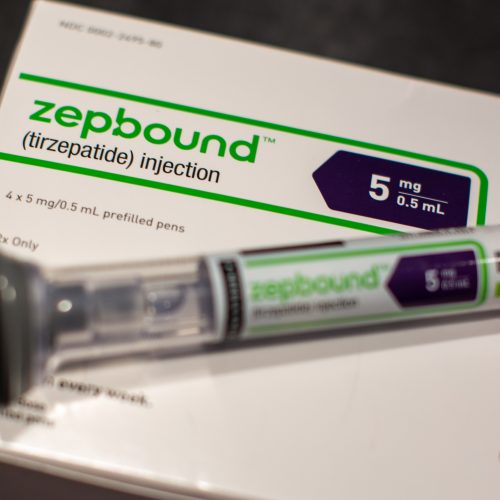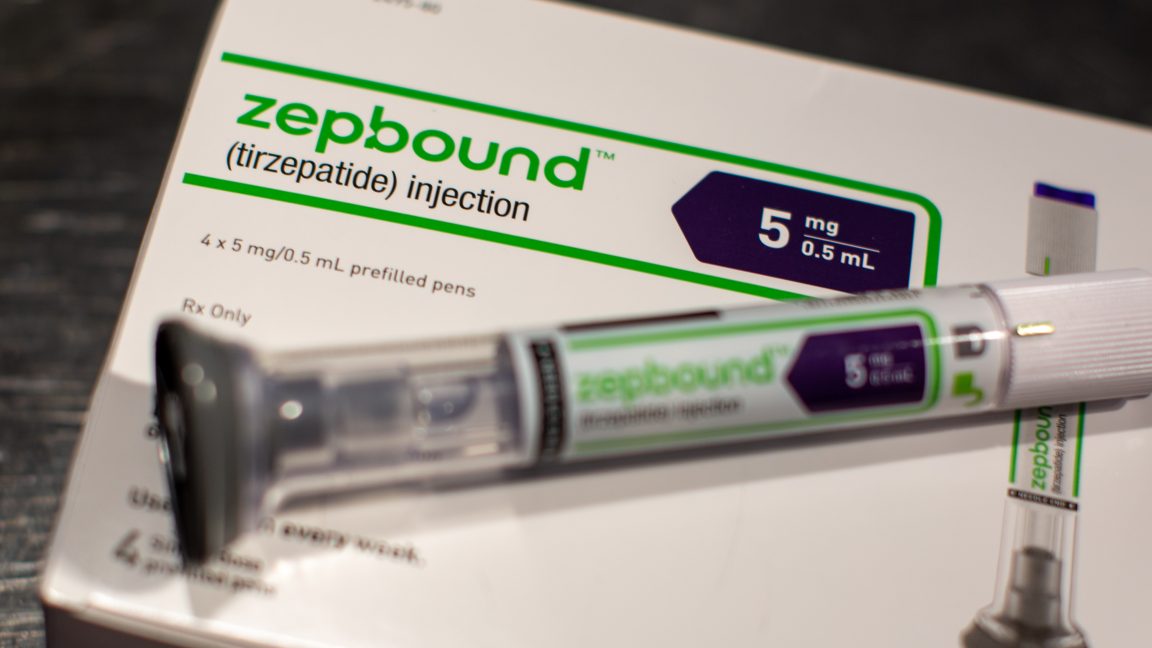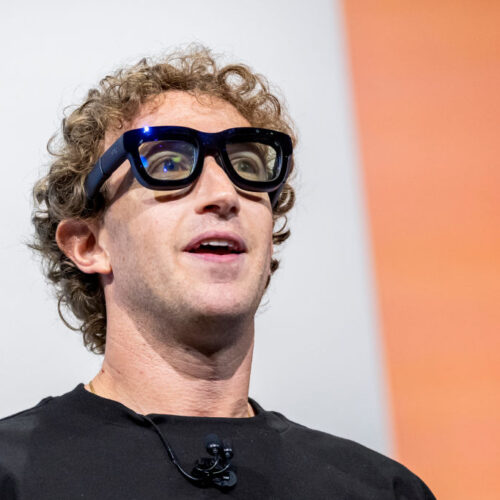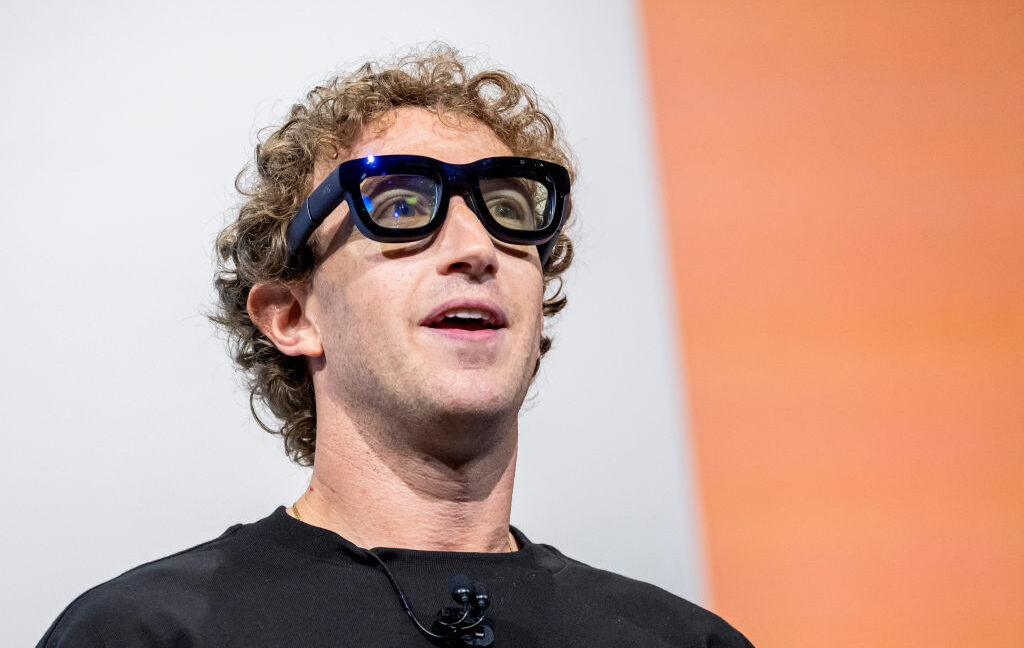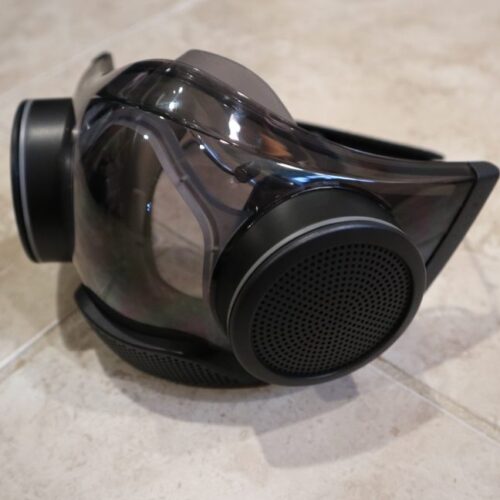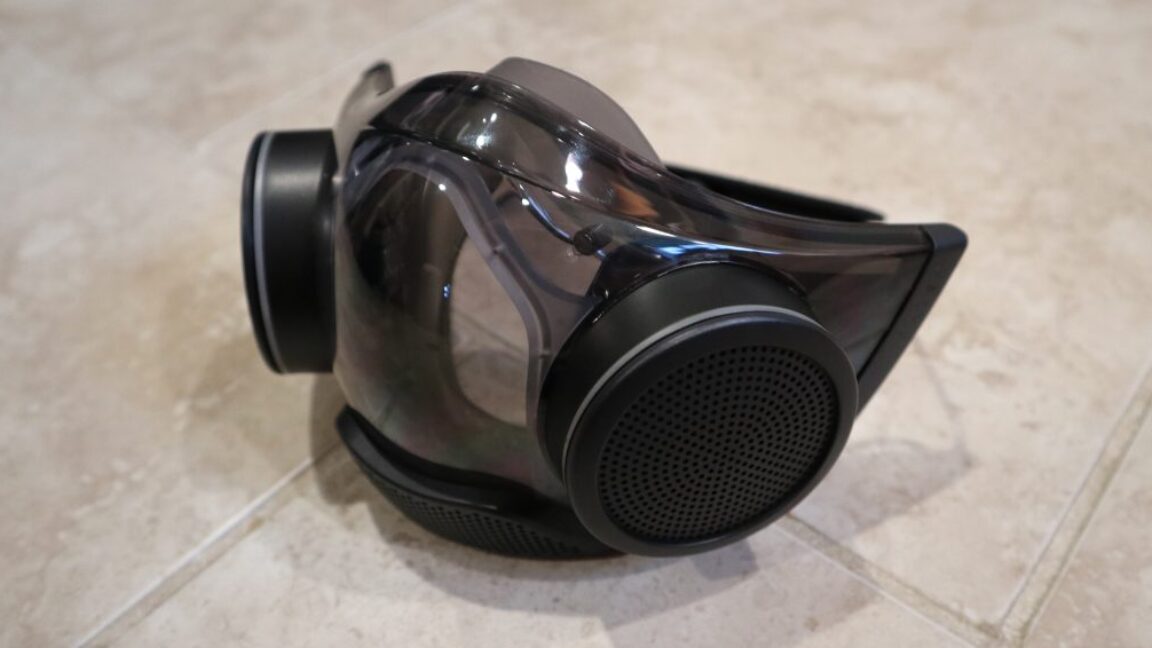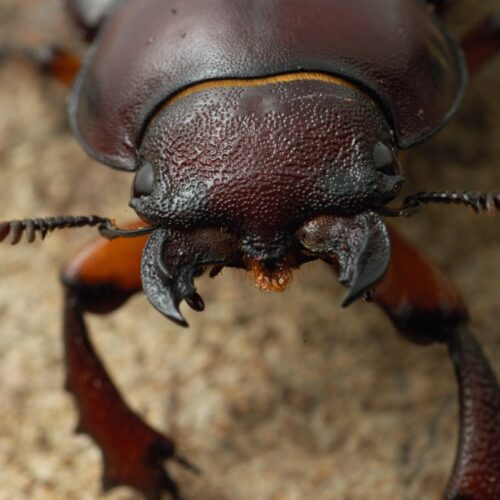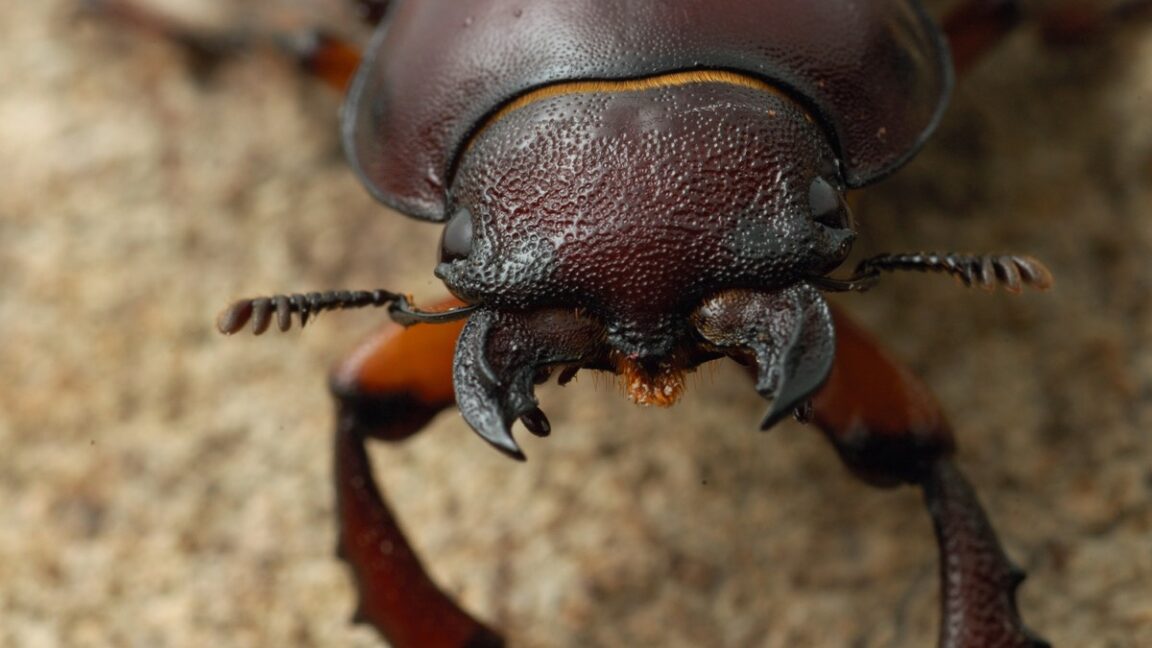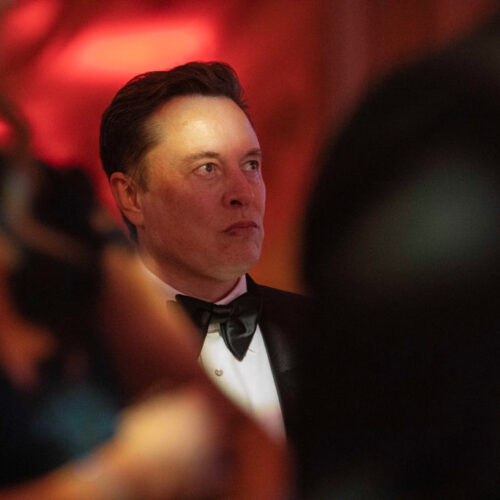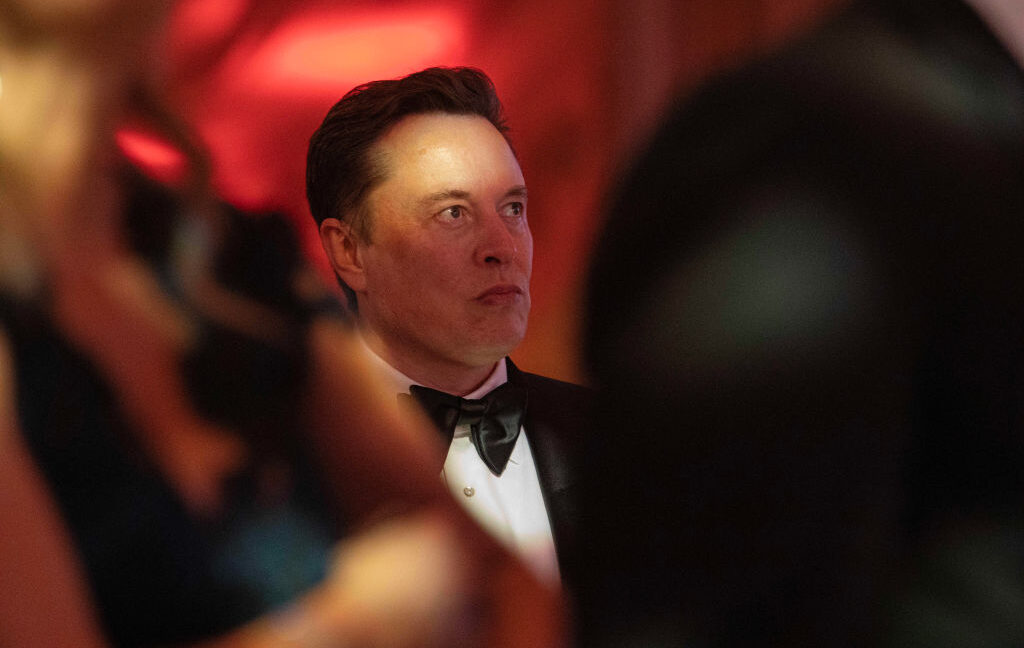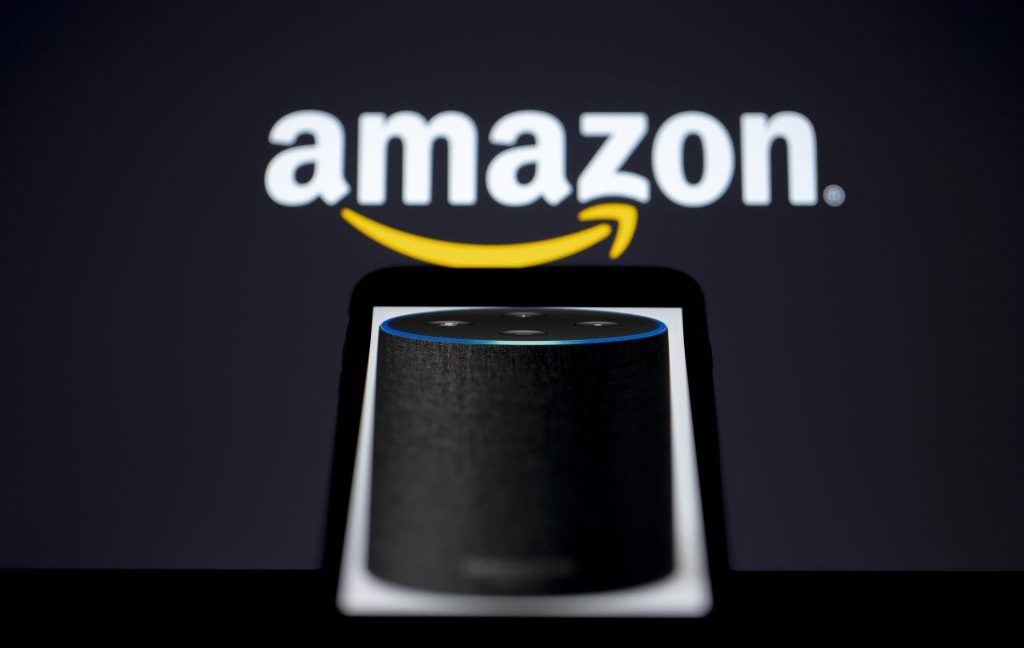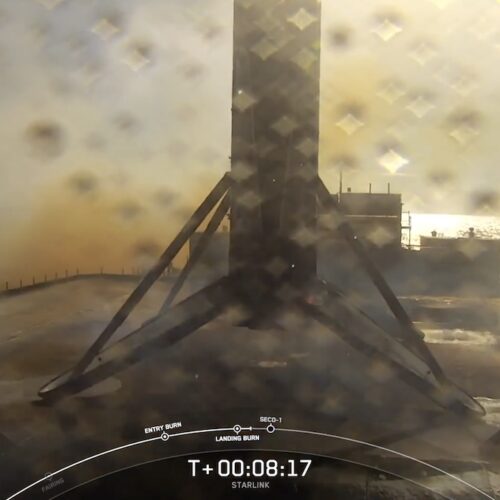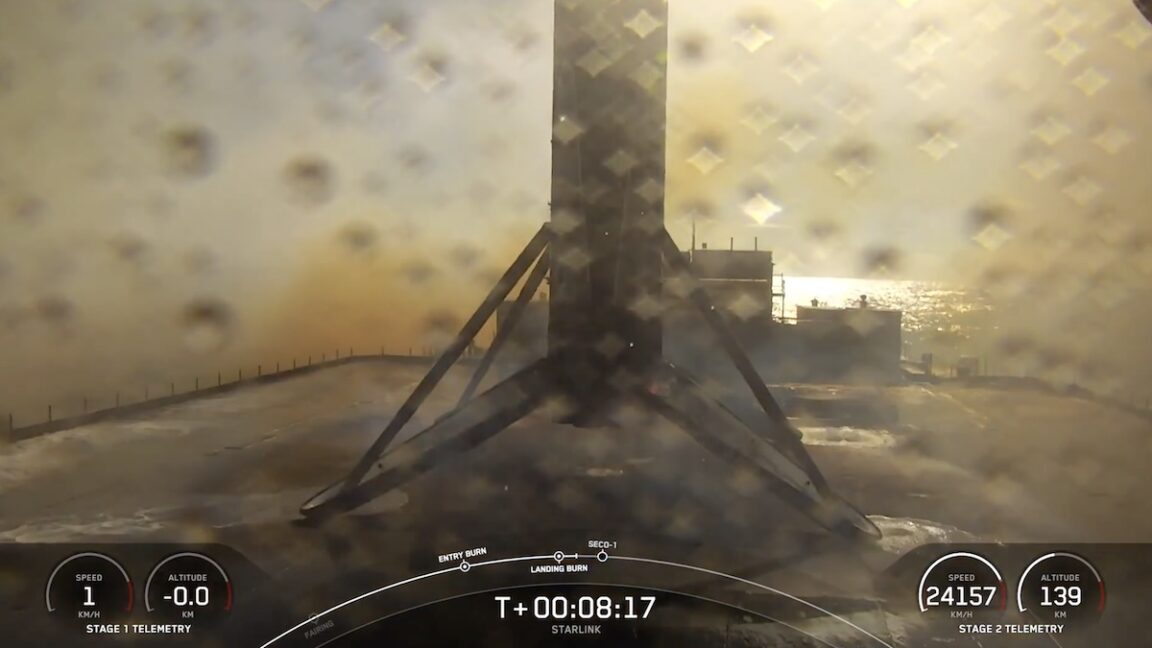SEC sues Elon Musk, says he cheated Twitter investors out of $150 million
The Securities and Exchange Commission sued Elon Musk yesterday over his late disclosure of a Twitter stock purchase in early 2022. Before Musk bought the whole company, he purchased a 9 percent stake in Twitter and failed to disclose it within 10 days as required under US law.
"Defendant Elon Musk failed to timely file with the SEC a beneficial ownership report disclosing his acquisition of more than five percent of the outstanding shares of Twitter's common stock in March 2022, in violation of the federal securities laws," said the SEC lawsuit in US District Court for the District of Columbia. "As a result, Musk was able to continue purchasing shares at artificially low prices, allowing him to underpay by at least $150 million for shares he purchased after his beneficial ownership report was due."
Twitter's stock price rose 27 percent once Musk belatedly disclosed his stake, the lawsuit said. "During the period that Musk was required to publicly disclose his beneficial ownership but had failed to do so, he spent more than $500 million purchasing additional shares of Twitter common stock," it said.


© Getty Images | Win McNamee

